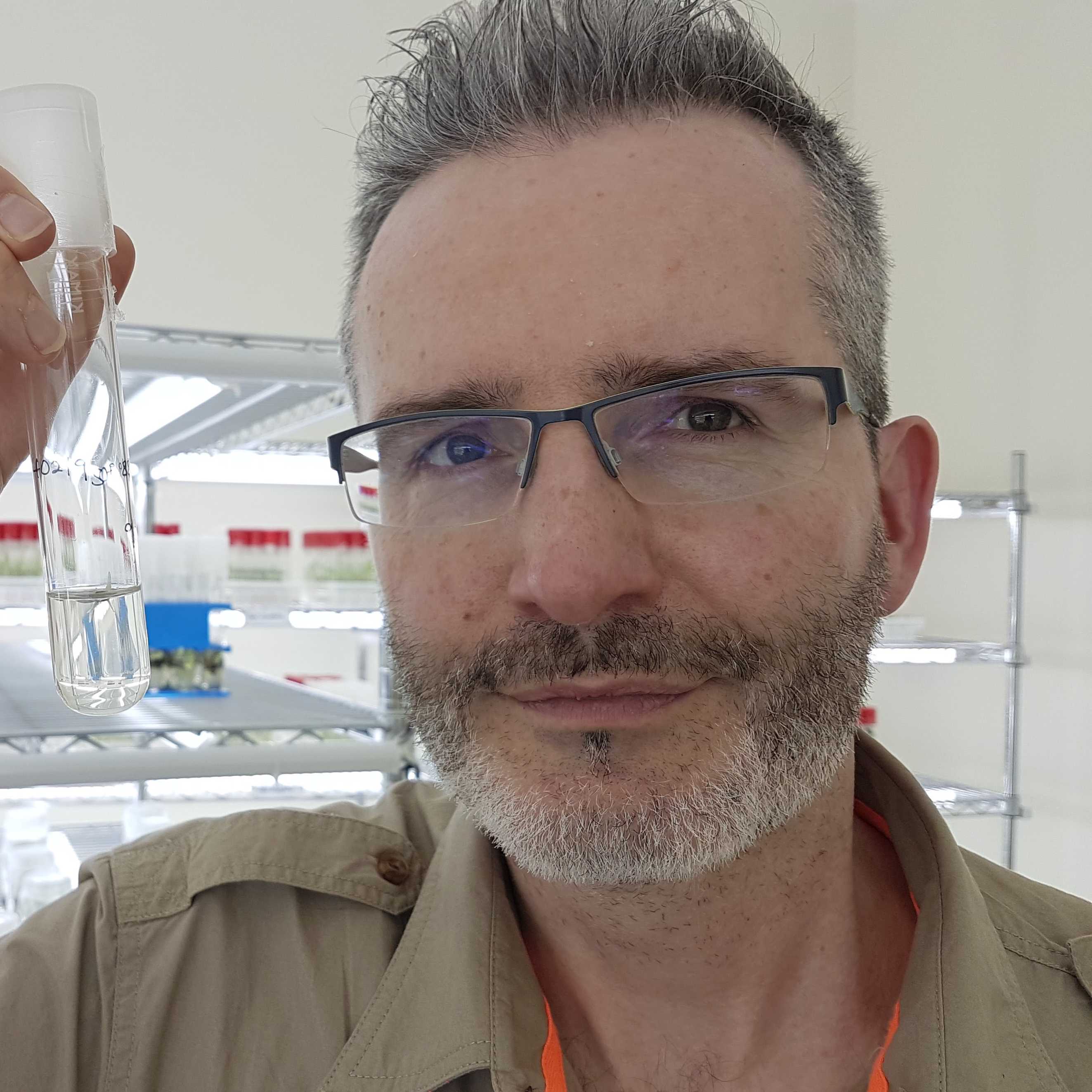Aug 03, 2022
DNA extraction using the Qiagen 67563 MagAttract HMW DNA Kit (48)
- Murray Grant1,
- Shannon Greer1,
- Joana Vicente2
- 1University of Warwick;
- 2Fera Science

Protocol Citation: Murray Grant, Shannon Greer, Joana Vicente 2022. DNA extraction using the Qiagen 67563 MagAttract HMW DNA Kit (48). protocols.io https://dx.doi.org/10.17504/protocols.io.5jyl89428v2w/v1
License: This is an open access protocol distributed under the terms of the Creative Commons Attribution License, which permits unrestricted use, distribution, and reproduction in any medium, provided the original author and source are credited
Protocol status: Working
We use this protocol and it's working
Created: August 03, 2022
Last Modified: August 03, 2022
Protocol Integer ID: 68152
Funders Acknowledgement:
UKRI
Grant ID: BB/T010916/1
Disclaimer
DISCLAIMER – FOR INFORMATIONAL PURPOSES ONLY; USE AT YOUR OWN RISK
The protocol content here is for informational purposes only and does not constitute legal, medical, clinical, or safety advice, or otherwise; content added to protocols.io is not peer reviewed and may not have undergone a formal approval of any kind. Information presented in this protocol should not substitute for independent professional judgment, advice, diagnosis, or treatment. Any action you take or refrain from taking using or relying upon the information presented here is strictly at your own risk. You agree that neither the Company nor any of the authors, contributors, administrators, or anyone else associated with protocols.io, can be held responsible for your use of the information contained in or linked to this protocol or any of our Sites/Apps and Services.
Abstract
This protocol is for extraction of genomic DNA from Xanthomonas culture for DNA sequencing.
Heat the mixer (e.g., Eppendorf Thermomixer or an equivalent mixer) to 56°C for the lysis step.
If precipitate has formed in Buffer ATL, dissolve by incubating at 37°C with occasional shaking.
Ensure that 96 - 100 % ethanol is added to buffers MW1 and PE.
Before proceeding to next step, ensure that the magnetic particles are fully resuspended. Vortex the vessel containing the magnetic particles vigorously for at least 3 min before first use.
Gently resuspend the bacterial pellet in 180 μl Buffer ATL using a cut tip as the resuspension will be viscous. Transfer the resuspended sample to a 1.5 ml tubes with a cut tip. Add 20 μl Proteinase K and incubate for 30mins in the Thermomixer at 56°C shaking at 900 rpm.
Add 4 μl RNase A to the sample, mix by flicking the tube several times and incubate for 2 mins at room temperature.
Resuspend the MagAttract Suspension G by vortexing. Add 15 μl MagAttract Suspension G and 280 μl Buffer MB to the sample. Mix by pulse vortexing.
Place the tubes into the Thermomixer and incubate at room temperature for 3 mins at 1400 rpm.
Place the tubes into the magnetic rack, wait until bead separation has completed (~1 min) and then remove and discard the supernatant. Avoid disturbing the magnetic bead pellet while aspirating the supernatant. Remove the supernatant completely.
Take the tubes out of the magnetic rack and add 700 μl Buffer MW1 to the bead pellet. Mix by flicking the tubes and then place the tubes into the Thermomixer. Incubate at room temperature for 1 min at 1400 rpm.
Place the tubes into the magnetic rack, wait until bead separation has completed (~1 min) and then remove and discard the supernatant.
Repeat the previous two steps.
Take the tubes out of the magnetic rack and add 700 μl Buffer PE to the bead pellet. Mix by flicking the tubes and then place the tubes into the Thermomixer. Incubate at room temperature for 1 min at 1400 rpm.
Place the tubes into the magnetic rack, wait until bead separation has completed (~1 min) and then remove and discard the supernatant.
Repeat the previous two steps.
Keeping the tubes in the magnetic rack remove all the supernatant using a small pipette tip to remove any traces of wash buffer (also might be some in the lid).
Whilst tubes are still in the magnetic rack, pipette 700 μl nuclease-free water onto the side of the tube opposite to the bead pellet. Incubate for 1 min at room temperature and then remove and discard the supernatant. Do not pipette water directly onto the bead pellet. All pipetting steps must be performed carefully to avoid disturbing the fixed bead pellet.
Repeat previous step.
Remove the tubes from magnetic rack and add 150 μl of distilled water. Mix the tubes by flicking and then place the tubes into the Thermomixer and incubate at room temperature for 3 mins at 1400 rpm.
Place the tubes into the magnetic rack, wait until bead separation has completed (~1 min) and then transfer the supernatant with the cut tip to a new 1.5 ml Eppendorf tube. This contains your high-molecular-weight DNA.
For a second elution, take the tubes out of the magnetic rack and add 100 μl of distilled pure water. Mix the tubes by flicking and then incubate at 60 °C for 10 mins.
Place the tubes into the Thermomixer and incubate at room temperature for 3 mins at 1400 rpm.
Repeat step 20.
